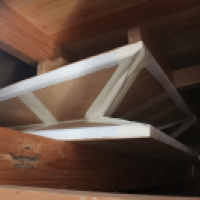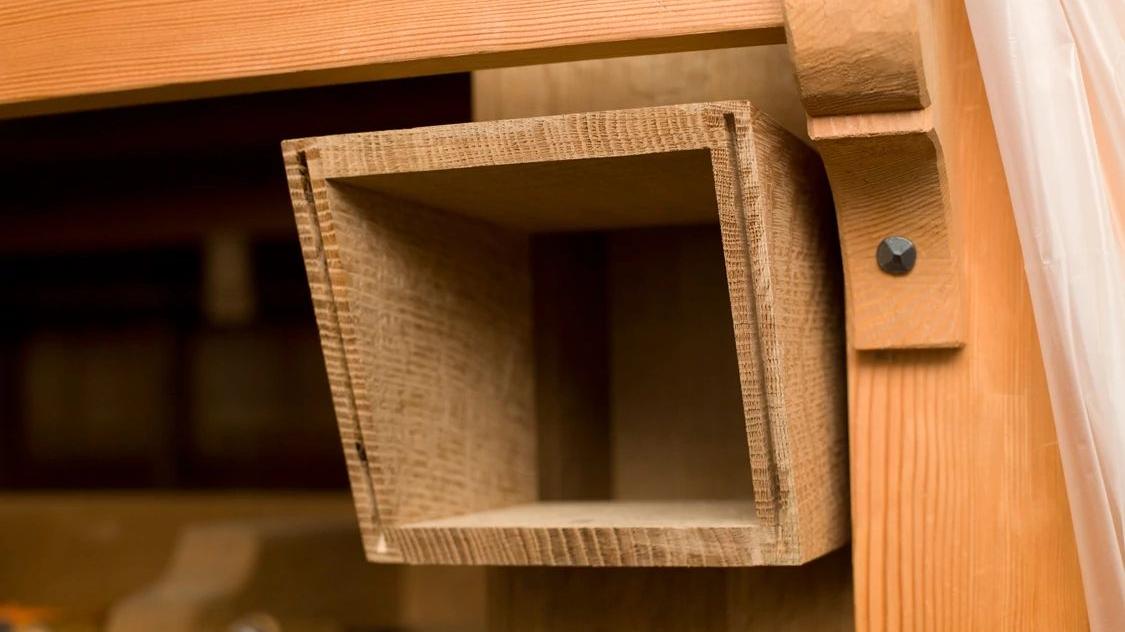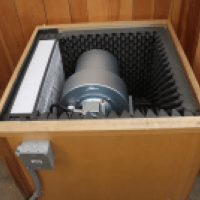Cornell’s new baroque organ has become the world’s first organ with multiple historic wind systems, using a technique organ designer Munetaka Yokota perfected on a research instrument at the Göteborg Organ Art Center (GOArt) at the University of Gothenburg, Sweden.
With simple manual adjustments, organists can authentically re-create the wind systems of organs from the 15th to the beginning of the 19th century from north and central Germany on the instrument.
Professor of music Annette Richards, who led the organ project at Cornell, explains that “the wind is the basis of any organ’s sound, and to appreciate music like Bach’s as it was intended, you need to hear it played on the kind of organ for which it was written.”
The organ is intended to reintroduce modern audiences to this authentic, historic sound, which was gradually lost over the centuries as equal temperament in keyboard intervals and highly stable wind systems became the norm.
The ingenious system includes seven new valves and 80 new feet of conductors, and has attracted worldwide attention from organists and researchers. An international group of scientists gathered at Cornell in spring 2012 to share data on the organ’s key action characteristics and wind behavior.
Yokota and GOArt research engineer Carl Johan Bergsten will use the new system to study general wind system behavior in organs. They’ll compare the measurements they took in November 2011, before the modification, to measurements they will take after.
“We’re excited to hear how the collaborative research on this organ between mathematical modelers, engineers and a builder with Munetaka Yokota’s historical knowledge and incomparable musical intuition can make our instrument speak with even more clarity, power, nuance and expressivity — even while acting as a cutting-edge laboratory for the latest experimental study,” Richards says.
The $2 million organ is the culmination of more than seven years of research and collaboration by GOArt and the Department of Music, and more
than two years of work by 21st-century craftsmen, who used authentic 17th- and early 18th-century methods to hand-build the instrument.
The organ re-creates the tonal design of the 1706 Arp Schnitger organ at Charlottenburg in Berlin, which was destroyed by Allied bombers during WWII. The massive wooden case has a design based on a Schnitger organ at Clausthal-Zellerfeld, Germany, and was hand-built by local cabinetmaker Christopher Lowe.
The original wind system on Cornell’s organ was built by Parsons Pipe Organ Builders in Canandaigua, N.Y.; the 1,827 pipes were handcrafted in Sweden by Yokota, using rediscovered historic techniques. The modifications to the wind system were made by Lowe.



